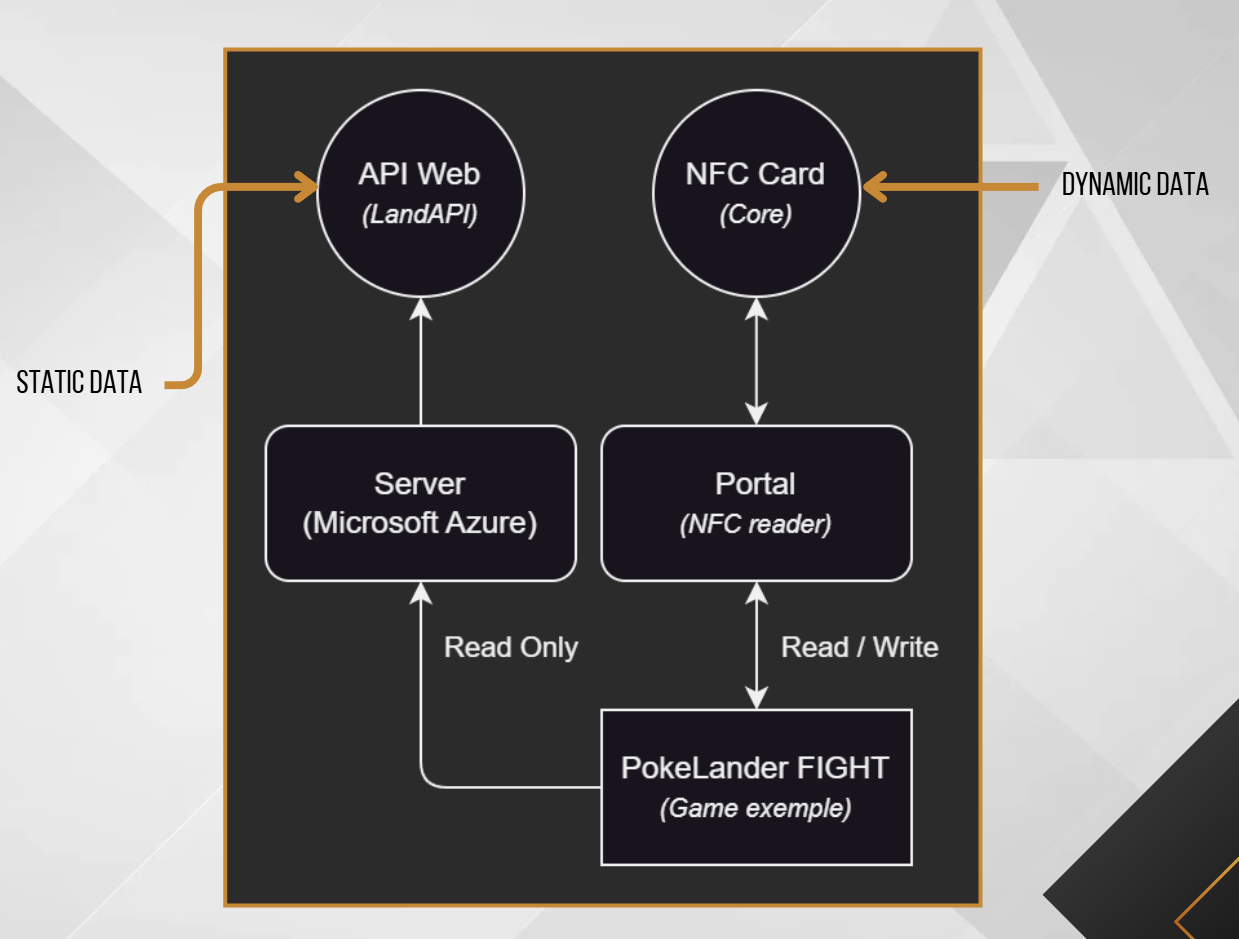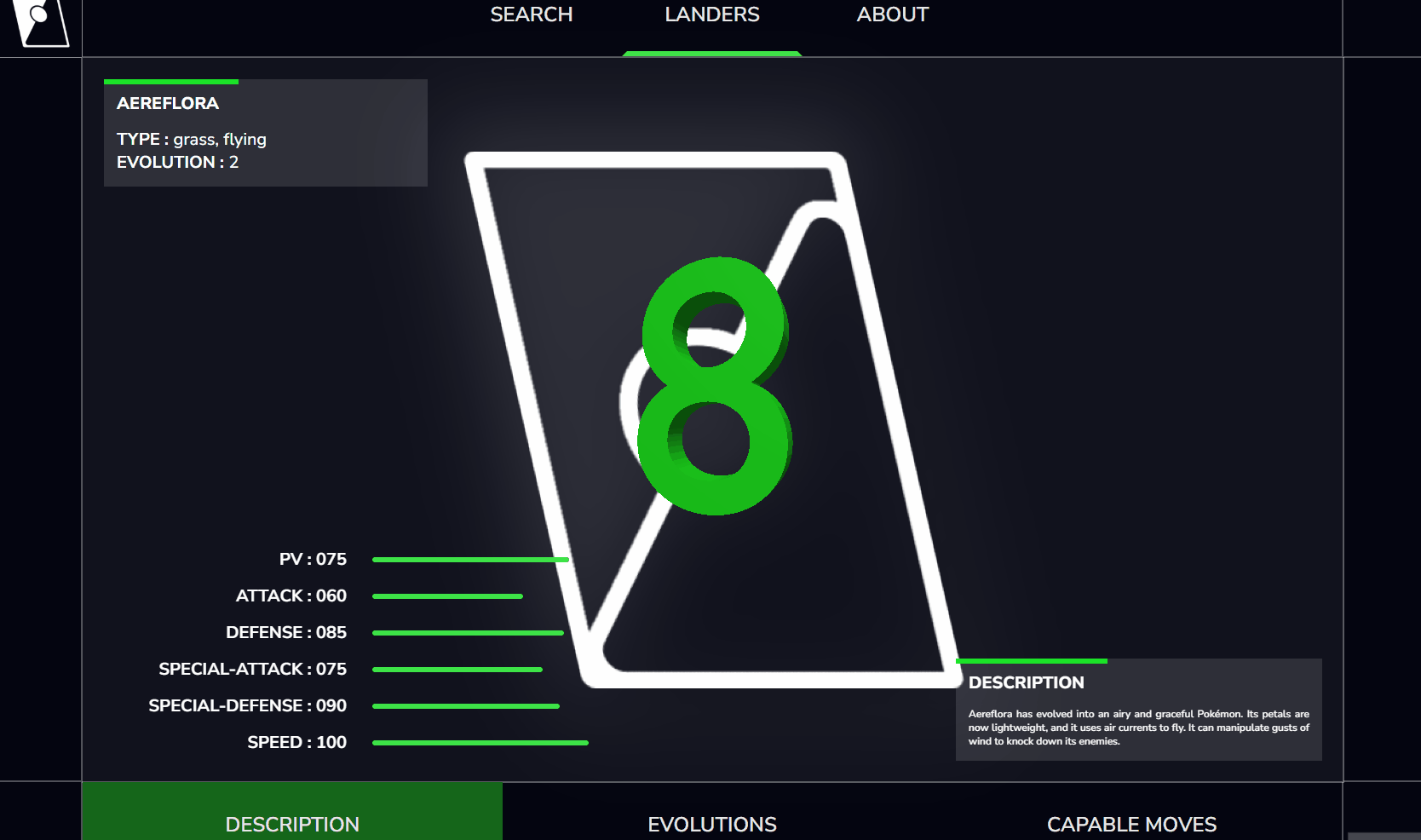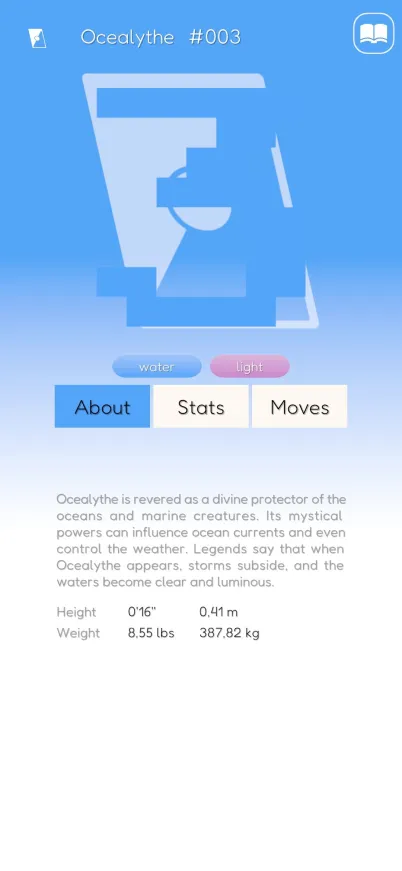
2025/06/06
Before diving into the technical aspects, here’s a brief introduction to my thesis project, developed over the past few months.
This project draws strong inspiration from two major video game franchises: Skylanders, for its physical elements and innovative use of NFC technology (Near Field Communication), and Pokémon, for its expansive universe and collectible gameplay concept.
From this inspiration was born Lander, a collectible card game franchise in which each card is embedded with an NFC chip. The idea is simple: each card is not just a collectible or a gameplay element, but also a digital access key, capable of interacting with various software modules to enhance the overall user experience.
In this article, I will present:
The goal of this project is to create a hybrid ecosystem, blending physical and digital elements to promote immersion, personalization, and replayability through an original and tech-enhanced medium.
Method
For this project, I needed to find a solution that would allow me to efficiently utilize NFC chips while maintaining a system that is both scalable and modular. To achieve this, I opted for what I call a hybrid architecture, combining an API with a centralized database.
The database is used to store all static data—information that does not need to be modified by the player—such as the species name, unique ID, base stats, and other fixed attributes.
Meanwhile, the NFC chip embedded in each card stores the dynamic data, which evolves during gameplay: nickname, health points (HP), experience (XP), temporary status, and so on.
This hybrid approach offers several advantages:
In short, this solution strikes a strong balance between technical performance, development simplicity, user experience, and future scalability of the project.

API web
As you may have guessed, the first module of my project is the web API, which interacts with the database to retrieve the requested information based on the incoming query.
This API follows a clear and structured architecture, built around a classic layered approach:
NFC cards
Each NFC card stores a small set of data, which can be read or written directly during gameplay, depending on the action performed.
Currently, we use 4 blocks of memory per card. Each block consists of 16 bytes, giving us a total of 64 bytes to store the data of a single Lander. Within this space, we store various pieces of dynamic information such as the nickname, health points (HP), and other relevant values.
This lightweight storage method is efficient and well-suited to the needs of the project, enabling real-time interactions while keeping hardware requirements minimal.
NFC portal
Finally, the project includes a custom NFC portal, designed to read from and write to NFC cards using devices that do not natively support NFC technology—such as a typical desktop computer.
This portal is built using an Arduino UNO R3 board, combined with an Adafruit PN532 NFC module, which handles the communication with the NFC chips.
This setup provides a cost-effective and flexible solution for NFC interaction outside of mobile devices, making development and testing easier during the prototyping phase.
Demos
Lander fighter - PC - Unity

Landopedia - Any platform - Unity

Landopedia - Mobile - Unity
